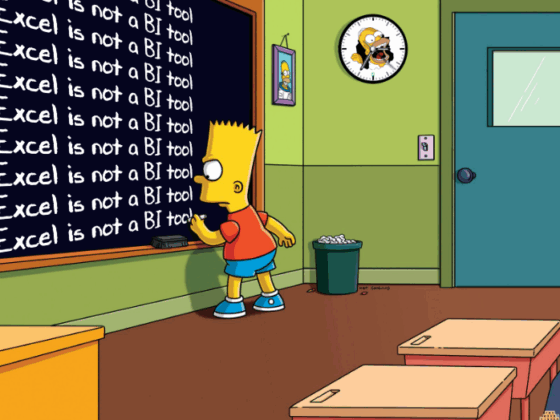
At a time when razor-thin margins and unpredictable supply chains dominate the restaurant landscape, tech innovation isn’t just a “nice to have” — it’s a lifeline.
For today’s restaurant IT leaders, the biggest questions aren’t just about implementing technology. They’re about how to make technology meaningful: how it can reduce waste, improve forecasting, and empower managers to focus less on guesswork and more on growth.
“The restaurant industry is full of amazing, experienced operators,” said Joe Hannon, General Manager of Inventory and Purchasing at Restaurant365 during our interview at NRA 2025. “But what comes with that experience is sometimes fear of change. You’ve got folks saying, ‘I’ve been doing this way for 20 years — I don’t need a software to tell me how to do it.’”
Yet even for the most seasoned operators, technology is starting to prove that gut instinct alone isn’t enough in today’s operating climate. Tech-enabled decision-making — driven by AI, automation, and predictive analytics — is now the difference between surviving and scaling.
Forecasting Beyond the Spreadsheet
AI’s most transformative impact? Turning historical data into proactive insight.
“We leverage OCR and AI technology to capture invoices, extract the details, and update costs and recipes automatically,” Hannon explained. “And when it comes to purchasing, we have a suggestion engine that tells you how much to order in any given cycle — so you’re not under-ordering or overstocking.”
The implications go beyond cost savings. Predictive ordering ensures consistency in guest experience by avoiding stockouts. “If it’s not on the shelf, you can’t waste it,” Hannon said, quoting a former GM. “But we also impact the top line because now you’re not running out of product either which prevents a customer from walking away disappointed.”
From Data to Actionable Insight
For IT leaders, managing the volume of data can be just as challenging as collecting it. Information overload, siloed systems, and daily fire drills can erode the very productivity technology is supposed to enhance.
“Our job as software providers is to filter out all the noise,” Hannon said. “We look at trends and ordering patterns and say: here are the top three things to focus on in your store to really move the needle — and here’s why.”
That “why” is critical. According to Hannon, the most effective tools won’t just automate tasks — they’ll guide decisions and explain them. “You can play beat the machine all day long, but we’re going to win,” he added with a laugh. “You think you’ve been ordering perfectly for years until the data shows otherwise.”
The Real Barrier Isn’t Tech — It’s Trust
While early adopters are eager to experiment with AI and automation, a significant portion of the industry remains cautious. The issue isn’t the tools themselves — it’s proving they’re worth the investment.
“The way you get around fear of change is to show the savings,” said Hannon. “I was talking to an operator who ran three locations. I walked him through the numbers. Just using suggested ordering at one location — he was seeing an average savings of $24,000 per year.”
That kind of ROI is compelling, particularly in a sector where margins are notoriously tight and turnover high.
What’s Next: From Smart Suggestions to Smart Networks
Looking ahead, Hannon envisions a future where software becomes more than just a system of record — it becomes a strategic assistant.
“Imagine your watch tells you, ‘Hey, you’re going to run out of avocados in two hours,’” he said. “We know your sales mix, your forecast, and your order history. And good news — another restaurant location in your city has an extra case, and it’s already on the way.”
This vision isn’t about replacing people — it’s about “leveling them up.” “The future is guiding operators to and through the right answer,” said Hannon. “Let them focus on coaching employees, delighting guests, and driving top-line growth. We’ll handle the bottom line.”




